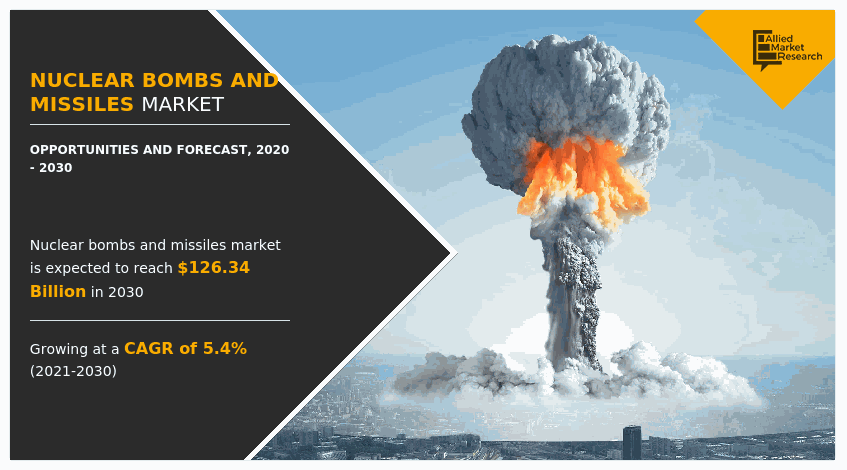The global IoT in Aviation market is experiencing a significant growth, and will grow considerably in next few years. IoT device has the ability to be connecting devices such as printer, traffic lights, or jet engines via network helps to processes that devices smarter, and safer. IoT in Aviations have been around in various application areas form past few years, but more recently, the application of IoT in Aviations industries such as airports, airlines, MROs, and manufacturers. IoT in Aviations are preferred in various industries and applications owing to its features including safety, maintenance, efficiency, security, and customer experience and personalization. Innovations in the IoT in Aviation industry pave the way for to improve its safety and efficiency.
Grab the PDF to Know More: https://bit.ly/3kd1pTt
The global IoT in Aviation market is segmented into end market, application, component, and region. Based on end market, the market is further segmented into airports, airlines, MROs, and manufacturers. In terms of application, the market is sub-divided into ground operations, passenger experience, asset management, and air traffic management. Based on component, the market is bifurcated further into IoT devices, IoT solutions, and services. Geographically, the global market is divided across North America, Europe, Asia-Pacific, and Latin America, Middle East & Africa (LAMEA).
Key players of the IoT in Aviation industry analyzed in the research include IBM Corporation, Huawei Technologies Co., LTD., Cisco Systems, Inc., SITAONAIR, Tata Sons Private Limited., Honeywell International Inc., Aeris, Happiest Minds Technologies, Amadeus It Group Sa, Walkbase, Sendum Wireless Corporation, Microsoft Corporation, Palantir Technologies, Blip Systems, Tech Mahindra Limited, SAP SE, Arrow Electronics, Inc., Wind River Systems, Inc., Undagrid, and Zestiot. They have adopted various strategies including new product launches, collaborations, partnerships, mergers & acquisitions, joint ventures, agreements, and others to gain a stronghold and international presence across the world.
Top impacting factors:
Surge in demand for IoT in Aviation in the in all industries due to technological advancements in wireless network technologies, optimization of business processes and increase in connectivity, to improve experience of passenger, and data gathering are the factors that drive the global market. However, Concerns Related to multiple stakeholders in the aviation industry and data privacy and cyber security may hinder the market growth. Contrarily, reduction in operational expenses and automated aircraft monitoring and reporting present new pathways in the industry and will act as an opportunity for the growth of global market. The global IoT in Aviation market trends are as follows:
Optimization of business processes and increase in connectivity
IoT devices are generally used in various types of buildings which include industrial, public, institutions, private, or residential buildings to control and monitor various electrical, mechanical, and electronic systems. This device helps to improve the efficiency of the monitoring and rises its demand in all sectors and helps to drive the growth of the market In February 2020, Haier – a global manufacturer of electronic appliances and equipment has launched 83 products with AI- and IoT-powered technology. This product launch was done to improve its product portfolio and provide better service in aviation industry.
Innovation in the IoT in Aviation industry
The IoT in Aviation helps to monitor all the activities in airports and airlines areas. This helps to monitor all the stuffs of passengers. Moreover, it is widely used in the aviation industry to control terrorist and custom activities across the globe. The innovation in the IoT devices which helps to improve its efficiency for better monitoring will act as an opportunity and helps to drive the growth of the market. In September 2019, Moment – the French manufacturer of aviation technology has launched Flymingo Next, an IFEC hardware platform with IoT technology. This product helps to improve service offerings for passengers, while assisting crew with onboard procedures.
Key benefits of the report:
This study presents the analytical depiction of the global IoT in Aviation industry along with the current trends and future estimations to determine the imminent investment pockets.
The report presents information related to key drivers, restraints, and opportunities along with detailed analysis of the global IoT in Aviation market share.
The current market is quantitatively analyzed from 2020 to 2027 to highlight the global IoT in Aviation market growth scenario.
Porter’s five forces analysis illustrates the potency of buyers & suppliers in the market.
The report provides a detailed global IoT in Aviation market analysis based on competitive intensity and how the competition will take shape in coming years.
Scope of the report:
Report Metric | Details |
Market size available for years | 2019–2027 |
Base year considered | 2019 |
Forecast period | 2020–2027 |
Forecast units | Value (USD) |
Segments covered | End Market, Application, Component, and Region |
Geographies covered | North America (U.S., Canada ,and Mexico), Europe (UK, Germany, France, Spain, Italy, and Rest of Europe), Asia-Pacific (China, India, Japan, South Korea, Australia, and Rest of Asia-Pacific), LAMEA (Brazil, Turkey, Iran, and Rest of LAMEA) |
Companies covered | Major players analyzed include IBM Corporation, Huawei Technologies Co., LTD., Cisco Systems, Inc., SITAONAIR, Tata Sons Private Limited., Honeywell International Inc., Aeris, Happiest Minds Technologies, Amadeus It Group Sa, Walkbase, Sendum Wireless Corporation, Microsoft Corporation, Palantir Technologies, Blip Systems, Tech Mahindra Limited, SAP SE, Arrow Electronics, Inc., Wind River Systems, Inc., Undagrid, and Zestiot. |
Key segments:
Segments | Sub-segments |
End Market |
|
Application |
|
Component |
|
Questions answered in the IoT in Aviation market research report:
What are the leading market players active in the IoT in Aviation market?
What the current trends will influence the IoT in Aviation market in the next few years?
What are the driving factors, restraints, and opportunities in the IoT in Aviation market?
What are the projections for the future that would help in taking further strategic steps?









